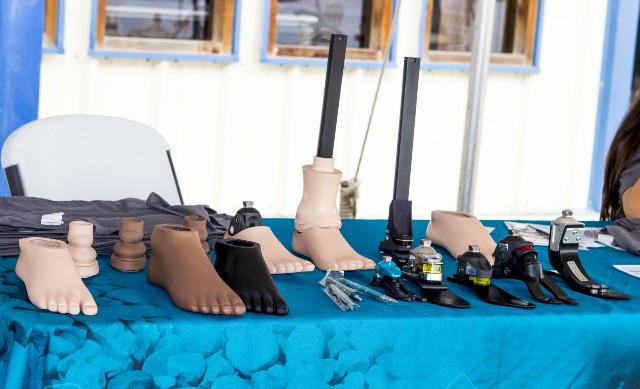The multidisciplinarity and internationalization of biomedical engineering become visible in end-of-degree projects
The multidisciplinarity and internationalization of biomedical engineering become visible in end-of-degree projects
Students of the fourth year of Biomedical Engineering put an end to their academic year with the public presentation of their end-of-degree projects. On 10, 11 and 12 July, a total of 33 projects were presented and defended before a jury.
The three days were divided into eight sessions that classified the papers by topics: rehabilitation and healthcare technology, neurology, Alzheimer’s disease, cardiology, treatment planning and surgical tools, orthopaedics, clinical engineering, and innovation. Professors Antoni Ivorra, Bart Bijnens, Pilar Rivera, Oscar Cámara, Sergi Valverde, Jordi Garcia Ojalvo and Jérôme Noailly participated in the event as the chairs of the different sessions.
“The bachelor’s degree in Biomedical Engineering provides academic training that closely combines subjects in the fields of engineering and biomedicine with a strong base in mathematics, physics and biology and human physiology”, said Antoni Ivorra, coordinator of the panel and researcher with the Department of Information and Communication Technologies (DTIC). “The end-of-degree project denotes the multidisciplinary approach acquired and reflects the students’ ability to analyse, interpret and integrate experimental data, to discover new biological mechanisms, and design systems for diagnosis and therapy”.
Projects with a social outlook

Despite their technical complexity, most of the projects are clearly directed at improving people’s lives by means of user-friendly systems. This is the case of the work carried out at Imperial College London (United Kingdom) by Guillem Torrent, who has developed a series of intuitive navigation systems to steer a wheelchair by moving the head and eyes. This device will provide some degree of autonomy to people who cannot move their arms or legs, such as those affected by amyotrophic lateral sclerosis, cerebral palsy or spinal column damage.
In the same vein is the project carried out by Núria Armengol at Duke University in Durham (United States). She researched new insights in brain-machine interfaces (BMI). This innovative technology converts neural activity recorded by electrodes in the brain into motor orders and has great potential in the development of prosthetic devices such as wheelchairs or robotic limbs. Armengol explored the use of recurrent artificial neural networks, known as LSTM networks, as decoding for BMI.
Orthopaedics and healthcare technologies were the theme of many of the projects. Among the studies related to these disciplines is the one by Álvaro Sánchez, who made a detailed analysis of all of the aspects involved in the development of a low-cost foot prosthesis. His project, aimed at improving the availability of this device in the developing countries, involved the processes of the design, manufacture and sale of prosthetic feet.
With the aim of improving surgical interventions that require bone grafts, Joan Puig has implemented a process and a piece of software for the design of surgical templates that can be produced using 3D printing. These templates simplify the preparation of bone grafts, specifically in the case of the glenoid cavity of the shoulder.
Meanwhile, Arianne Bercowsky undertook a basic scientific study into embryogenesis. In her project she used mouse embryonic organoids. These organoids are miniature, simplified versions of real organs. In her work, which she carried out at the University of Cambridge (United Kingdom), Bercowsky analyses experimentally the intervention of various molecular signals and transcription factors in the initial development of organoids and, using mathematical models attempts to understand how the patterns observed are formed.
Image 1: Prosthetic feet - Holly Chaffin
Image 2: Intestinal organoid - By Meritxell Huch, via Wikimedia Commons
